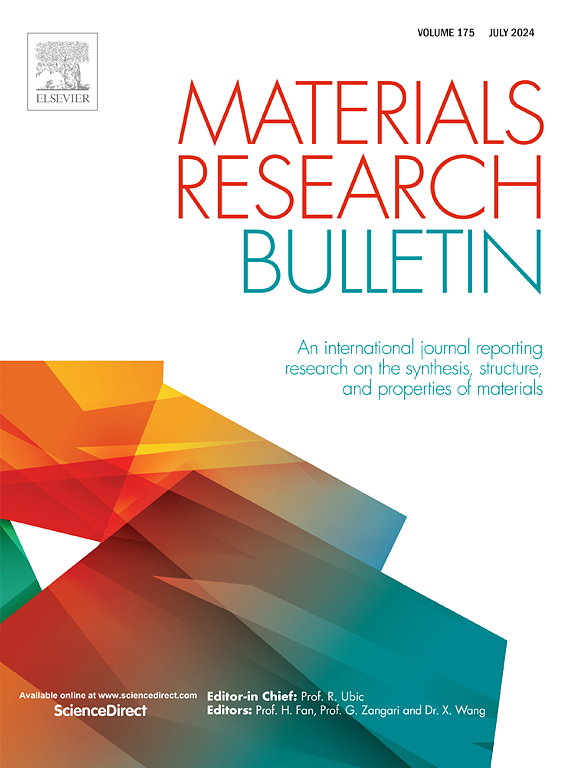Synthesis of superparamagnetic Fe3O4-PEG400 nanoparticles: Investigation of interaction with proteins and toxicity on cells
IF 5.3
3区 材料科学
Q2 MATERIALS SCIENCE, MULTIDISCIPLINARY
引用次数: 0
Abstract
Investigation of nanoparticle (NP)-protein interactions is crucial, as it provides critical insights into the behavior of NPs within biological systems. In this study, magnetite nanoparticles (Fe3O4 NPs) were coated with polyethylene glycol 400 (PEG400) using a novel modified chemical co-precipitation method. The structural, morphological, and magnetic properties of Fe3O4-PEG400 NPs were characterized. The NPs show superparamagnetism, very small size, and high colloidal stability. After that, the effect of Fe3O4-PEG400 NPs was investigated on proteins (human serum albumin: HSA and lysozyme: Lyso) and cells (fibroblast) using fluorescence spectroscopy, circular dichroism (CD) spectropolarimetry, and MTT assay. Results showed minimal alteration in the secondary structure of proteins but the tertiary structure of proteins shows some flexibility. Moreover, the cytotoxicity test indicates Fe3O4-PEG400 NPs show better biocompatibility than Fe3O4 NPs and has an IC50 of 65 µg/mL. In summary, the biocompatibility, stability, and superparamagnetism of Fe3O4-PEG400 NPs enhance their potential for biomedical applications.

求助全文
约1分钟内获得全文
求助全文
来源期刊

Materials Research Bulletin
工程技术-材料科学:综合
CiteScore
9.80
自引率
5.60%
发文量
372
审稿时长
42 days
期刊介绍:
Materials Research Bulletin is an international journal reporting high-impact research on processing-structure-property relationships in functional materials and nanomaterials with interesting electronic, magnetic, optical, thermal, mechanical or catalytic properties. Papers purely on thermodynamics or theoretical calculations (e.g., density functional theory) do not fall within the scope of the journal unless they also demonstrate a clear link to physical properties. Topics covered include functional materials (e.g., dielectrics, pyroelectrics, piezoelectrics, ferroelectrics, relaxors, thermoelectrics, etc.); electrochemistry and solid-state ionics (e.g., photovoltaics, batteries, sensors, and fuel cells); nanomaterials, graphene, and nanocomposites; luminescence and photocatalysis; crystal-structure and defect-structure analysis; novel electronics; non-crystalline solids; flexible electronics; protein-material interactions; and polymeric ion-exchange membranes.
 求助内容:
求助内容: 应助结果提醒方式:
应助结果提醒方式:


